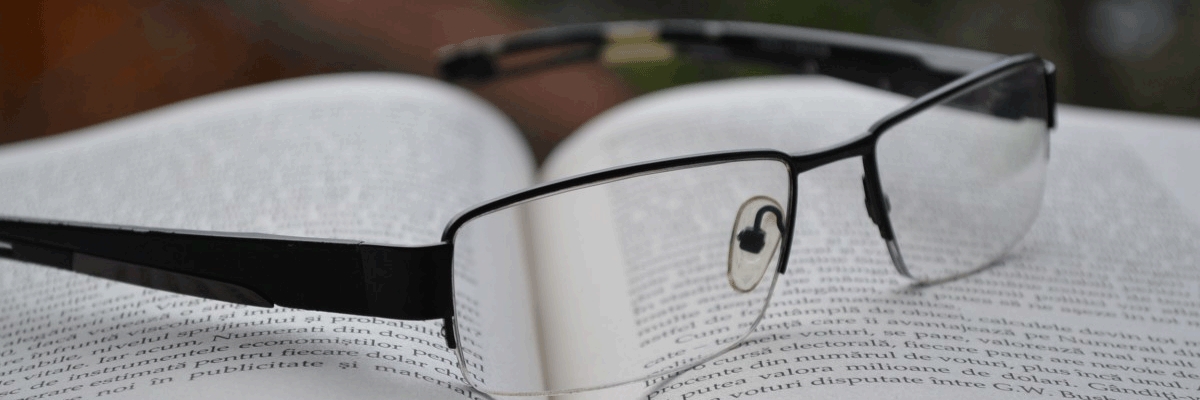| DV | Distance Vision |
| NV | Near Vision |
| NVO | Near Vision |
| OD | Oculus Dexter; Right eye |
| OS | Oculus Sinister; Left eye |
| OU | Oculi Uterque; Both eyes |
| DS | Diopters Sphere; Sphere SPH only prescription without any CYL power in the eye |
| SPH |
Sphere; Is the prominent strength in an eyeglass prescription.
Doctor's have a tendency to sometimes write the numbers/parameters a bit differently.
You may sometimes see SPH, PL or PLANO written in this field by the doctor,
which would simply mean there is 0.00 power in that section.
|
| CYL |
Cylinder; The amount of astigmatism.
In some cases the doctor will write DS or SPH in this section,
which would simply mean to leave the field empty or have 0.00 power in that section.
|
| AXIS |
Comes hand in hand with the cylinder CYL, If there is no Cylinder, then there should not be any Axis.
When there is a Cylinder and no Axis, this means usually that it is a 0 value axis, which in this sense would also be a 180 degree axis.
It's a degree/angle, therefore, it would be a value of or between 1 to 180.
|
| ADD |
How much power gets added to the distance Rx, for your reading-only Rx or for the bottom half of your bifocals/progressives
|
| PL |
Plano; This is a placeholder for the number 0.00. This may also be left empty.
|
| PLO |
Plano; This is a placeholder for the number 0.00. This may also be left empty.
|
| PRISM |
Prism is usually left empty, as it is not seen in most prescriptions.
Prism refers to a displacement of the image through the lens, and is used to treat eye muscle imbalances or other conditions that cause errors in eye orientation or fixation.
Prism correction is measured in "prism diopters" (ie: 1.5), and is coupled with the BASE.
|
| BASE |
Base is usually left empty, as it is not seen in most prescriptions.
Base refers to the direction of displacement and is coupled with the Prism.
The four Base directions are: Base-Up BU, Base-Down BD, Base-In BI and Base-Out BO.
|
| PD |
Pupillary Distance; The distance measured between your pupils in millimeters. You may find more information here
|
| SEG |
Seg Height; This is the vertical measurement and is only used for Bi-Focal / Progressive lenses.
|
| BC |
Base Curve;
On a spectacle lens, it is the flatter curvature of the front surface.
On a contact lens it is the curvature of the back surface and is sometimes referred to as BCOR.
Typical values for a contact lens are from 8.0 to 10.0 mm.
The base curve is the radius of the sphere of the back of the lens that the prescription describes.
This number is important in order to allow the contact lens to fit well to the wearer's cornea for comfort, to facilitate tear exchange, and to allow oxygen transmissions.
|
| BCOR |
Back Central Optic Radius;
On a contact lens it is the curvature of the back surface and is commonly referred as the BC.
Typical values for a contact lens are from 8.0 to 10.0 mm.
The base curve is the radius of the sphere of the back of the lens that the prescription describes.
This number is important in order to allow the contact lens to fit well to the wearer's cornea for comfort, to facilitate tear exchange, and to allow oxygen transmissions.
|
| DIA |
Diameter;
The diametrical size of a contact lens. Typical values are from 12.0 to 14.0
|
| PAL |
Progressive Additional Lenses;
Also known as Progressive lenses or No-line bi-focal lenses.
They are characterised by a gradient of increasing lens power, added to the wearer's correction for the other refractive errors.
|
| FT28 |
Flat-Top 28;
The most popular bifocal -- A flat-top bifocal with a near seg that is 28 mm wide.
|
| FT35 |
Flat-Top 38;
A flat-top bifocal with a near seg that is 35 mm wide.
|


























